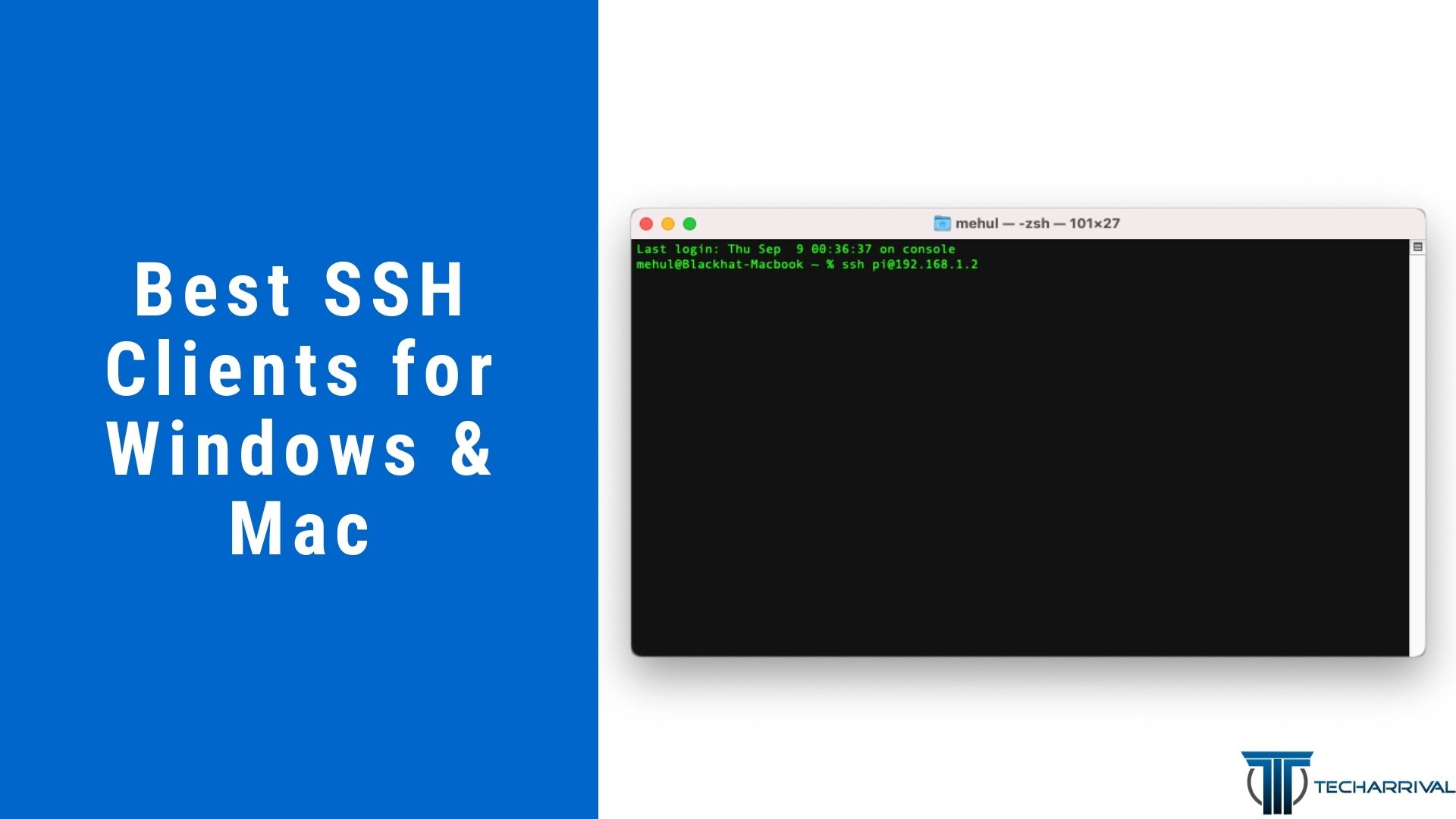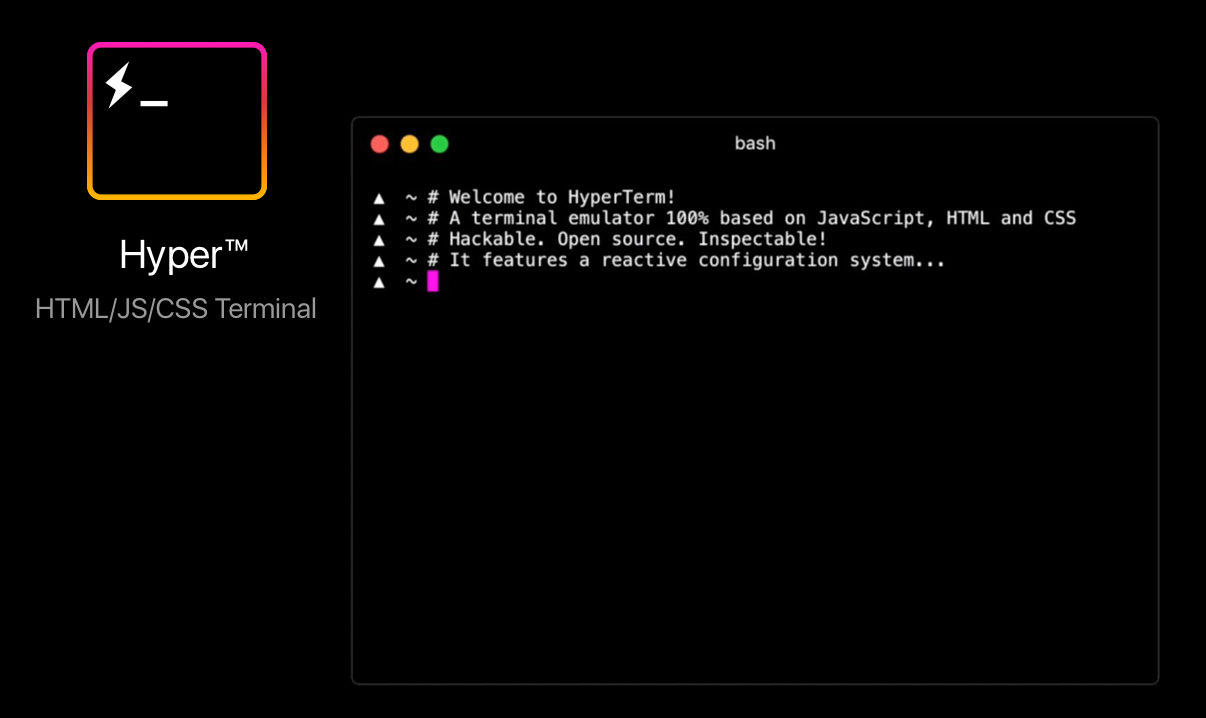Listen up, folks. If you're diving into the world of remote connectivity and IoT, finding the best SSH RemoteIoT setup is crucial. Think about it—your devices are scattered all over the place, and you need a way to manage them securely without losing your mind. This isn't just about convenience; it's about protecting your data and ensuring smooth operations. So, buckle up, because we're about to break it down for you in a way that's easy to digest and packed with actionable insights.
Now, let's get real. Remote access is no longer a luxury—it's a necessity. Whether you're a developer working on IoT projects or a business owner managing a network of devices, SSH (Secure Shell) is your best friend. But not all SSH setups are created equal. In this guide, we'll explore what makes a great SSH RemoteIoT solution, why it matters, and how you can implement it without pulling your hair out.
By the end of this article, you'll have a solid understanding of the best practices, tools, and strategies to enhance your SSH RemoteIoT experience. And hey, we'll even sprinkle in some tips and tricks to make your life easier. So, let's dive in and uncover the secrets to secure, efficient remote connectivity!
Read also:Rahul Rai The Rising Star Whos Capturing Hearts Worldwide
Why SSH RemoteIoT Matters in 2023
In today's hyper-connected world, the importance of SSH RemoteIoT cannot be overstated. This isn't just another buzzword; it's a game-changer for anyone dealing with IoT devices. Imagine being able to access your devices from anywhere in the world with just a few clicks—all while keeping your data safe from prying eyes. That's the power of SSH RemoteIoT.
But why is it so crucial right now? Well, the rise of IoT has brought with it a host of security challenges. With more devices connected to the internet, the risk of cyberattacks increases exponentially. SSH RemoteIoT provides a secure tunnel for communication, ensuring that your data remains protected even when accessed remotely. Plus, it offers encryption, authentication, and authorization features that make it a top choice for professionals and hobbyists alike.
Understanding SSH: The Backbone of RemoteIoT
Before we dive deeper into SSH RemoteIoT, let's take a moment to understand what SSH is all about. SSH, or Secure Shell, is a network protocol that allows you to securely connect to remote devices. It's like having a private hallway in a crowded building—nobody else can eavesdrop on your conversations. SSH uses encryption to protect data in transit and provides strong authentication mechanisms to ensure only authorized users can access your devices.
Here are some key features of SSH that make it ideal for RemoteIoT:
- Encryption: SSH encrypts all data transmitted between your device and the server, making it nearly impossible for hackers to intercept sensitive information.
- Authentication: SSH supports various authentication methods, including passwords, public key authentication, and multi-factor authentication, ensuring only authorized users gain access.
- Port Forwarding: SSH allows you to forward ports, enabling you to access services running on remote devices as if they were local.
Top SSH RemoteIoT Solutions You Should Know
Now that we've established why SSH RemoteIoT is important, let's talk about the solutions that can help you achieve it. There are several tools and platforms out there, each with its own strengths and weaknesses. Here are some of the best SSH RemoteIoT solutions to consider:
1. OpenSSH: The Classic Choice
OpenSSH is the go-to solution for many professionals. It's open-source, highly customizable, and widely supported across various operating systems. With OpenSSH, you can set up secure connections to your IoT devices with minimal effort. Plus, its extensive documentation and active community make troubleshooting a breeze.
Read also:Unveiling The Secrets Of Albemarle Netherlands Bv A Comprehensive Guide
2. Tailscale: Simplified Networking
Tailscale takes SSH RemoteIoT to the next level by simplifying network management. It uses WireGuard under the hood to create secure, peer-to-peer connections between devices. This means you can access your IoT devices without the hassle of configuring firewalls or port forwarding. Tailscale also offers a user-friendly interface, making it a great option for beginners.
3. Cloudflare Tunnel: Seamless Integration
Cloudflare Tunnel is another excellent choice for SSH RemoteIoT. It allows you to expose your IoT devices to the internet without exposing them to potential threats. By using Cloudflare's global network, you can ensure low-latency connections and high availability. Plus, it integrates seamlessly with other Cloudflare services, providing a unified security solution.
Best Practices for SSH RemoteIoT
Having the right tools is one thing, but knowing how to use them effectively is another. Here are some best practices to keep in mind when setting up your SSH RemoteIoT environment:
1. Use Strong Passwords and Keys
Weak passwords and keys are an open invitation to hackers. Always use strong, complex passwords and consider using public key authentication for added security. And don't forget to disable password authentication if you're using keys!
2. Regularly Update Your Software
Keeping your SSH server and client software up to date is crucial. Software updates often include security patches that protect against newly discovered vulnerabilities. Neglecting updates can leave your devices exposed to potential threats.
3. Monitor Your Connections
Regularly monitoring your SSH connections can help you detect and respond to suspicious activity. Use tools like fail2ban or intrusion detection systems to automatically block malicious attempts and alert you to potential threats.
Common Challenges in SSH RemoteIoT
While SSH RemoteIoT offers numerous benefits, it's not without its challenges. Here are some common issues you might encounter and how to address them:
1. Network Latency
Network latency can be a significant issue, especially when dealing with devices located in different parts of the world. To mitigate this, consider using a content delivery network (CDN) or a service like Cloudflare to reduce latency and improve performance.
2. Firewall Restrictions
Firewall restrictions can make it difficult to establish SSH connections. To overcome this, you can use port forwarding or configure your firewall to allow SSH traffic on specific ports. Additionally, consider using a reverse SSH tunnel if direct access is not possible.
Real-World Applications of SSH RemoteIoT
SSH RemoteIoT isn't just a theoretical concept; it has real-world applications across various industries. Here are a few examples:
1. Smart Homes
Smart home devices often require remote access for configuration and troubleshooting. SSH RemoteIoT allows homeowners to securely manage their devices from anywhere, ensuring their smart home systems remain functional and secure.
2. Industrial IoT
In industrial settings, SSH RemoteIoT is used to monitor and control equipment remotely. This is particularly useful for maintaining operations in remote locations where physical access is limited or impractical.
3. Healthcare
In the healthcare industry, SSH RemoteIoT enables secure access to medical devices and systems. This is critical for ensuring patient data remains confidential and compliant with regulations like HIPAA.
Data and Statistics to Support SSH RemoteIoT
Let's talk numbers. According to a recent report by Gartner, the number of IoT devices is expected to reach 25 billion by 2025. With such a massive number of connected devices, the need for secure remote access solutions like SSH RemoteIoT has never been greater.
Furthermore, a study by Cybersecurity Ventures predicts that cybercrime will cost the global economy $10.5 trillion annually by 2025. This highlights the importance of implementing robust security measures, including SSH, to protect your IoT devices and data.
How to Choose the Best SSH RemoteIoT Solution
With so many options available, choosing the right SSH RemoteIoT solution can be overwhelming. Here are some factors to consider when making your decision:
1. Security Features
Look for solutions that offer advanced security features like encryption, multi-factor authentication, and intrusion detection. These features will help protect your devices and data from unauthorized access.
2. Ease of Use
A solution that's easy to set up and use is essential, especially if you're not a tech expert. Consider solutions with user-friendly interfaces and comprehensive documentation to simplify the setup process.
3. Cost
While cost shouldn't be the only factor, it's important to choose a solution that fits your budget. Some solutions offer free tiers with basic features, while others require paid subscriptions for advanced functionality.
Conclusion: Take Control of Your SSH RemoteIoT
And there you have it, folks. The world of SSH RemoteIoT is vast, but with the right tools and knowledge, you can navigate it with confidence. Remember, the best SSH RemoteIoT solution is one that meets your specific needs and provides the security and reliability you require.
So, what are you waiting for? Start exploring the options we've discussed and take control of your remote connectivity today. And don't forget to share your thoughts and experiences in the comments below. Your feedback helps us create even better content for you!
Table of Contents
- Why SSH RemoteIoT Matters in 2023
- Understanding SSH: The Backbone of RemoteIoT
- Top SSH RemoteIoT Solutions You Should Know
- Best Practices for SSH RemoteIoT
- Common Challenges in SSH RemoteIoT
- Real-World Applications of SSH RemoteIoT
- Data and Statistics to Support SSH RemoteIoT
- How to Choose the Best SSH RemoteIoT Solution
- Conclusion: Take Control of Your SSH RemoteIoT



